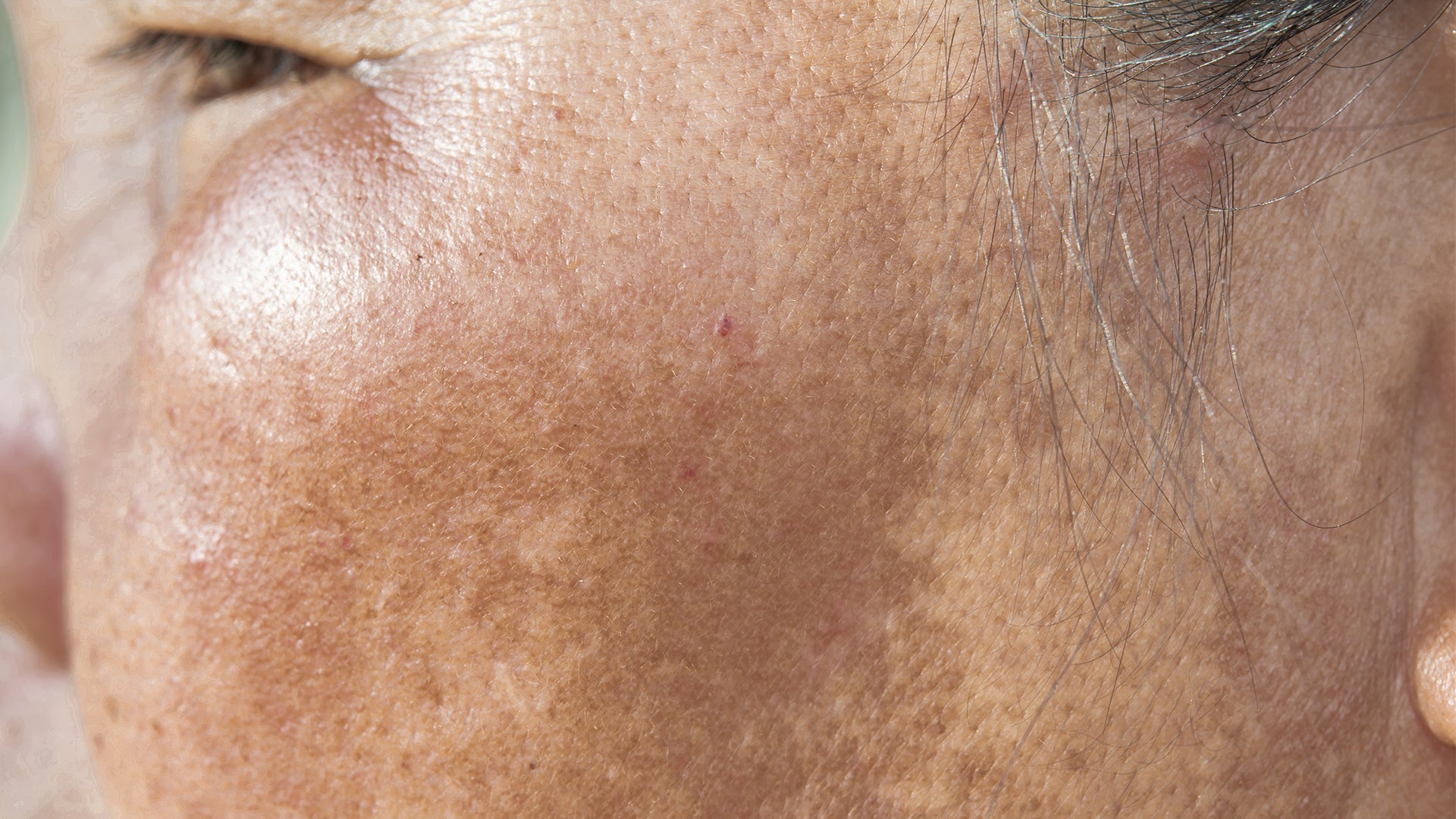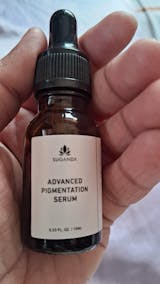Probably you haven't heard about Melasma or you have those dark patches on your skin and do not know what to use on them.
Or you have used so many products and visited a dermatologist still not seeing any results and searching for that 1 perfect solution.
For all of you out there wondering what is the right solution for melasma or confused if you have melasma. Here we are explaining in detail about Melasma.
What is Melasma?
Melasma is a form of hyperpigmentation that looks like dark larger patches on the skin, unlike dark spots which are smaller.
They are usually in shades of brown colour and sometimes in grey colour. It especially begins to appear around the cheeks and later appears on the forehead, chin & nose. then spreads to the forehead and chin.
What causes melasma?
Melasma tends to happen more in Darker skin types or Skin of Color as they have more active melanosomes (dark-color-producing skin cells ).
Usually, melanosomes produce more melanin (skin gets darker) with the below triggers,
- sun exposure
- irritation or inflammation
- acne or rash

But in Melasma, melanosomes are hyperactive or out of control. And they produce melanin (dark pigment) even in the absence of these triggers.
What can make these Skin cells (melanosomes) out of control?
Sun exposure is the biggest cause of melasma. If you are exposed to the sun for years without any protection, your melanosomes can become hyperactive. Sun protection from an early age can really reduce your chances of melasma.
Hormones - Changes in certain hormones can cause melasma. Hence it can also be during pregnancy or while taking birth control pills. "Encountering melasma during pregnancy is quite natural for 50% of women" according to the American Academy of Dermatology.
Dry Skin - The lesser known cause is Dry skin. Dry skin if not moisturised regularly gets inflamed. And constant inflammation can trigger skin cells to constantly produce more melanin and become hyperactive.
Irritation - Any irritation to the skin of colour can cause more pigmentation. hence it's best to avoid scented and drying skincare products.
Age - Melasma is also more prevalent in the '30s, '40s and '50s. Since your skin is exposed to years of damage from the sun, hormones or inflammation, it can make your melanosomes out of control.
Melasma tends to appear more in women but there is no age limit or gender limit for Melasma.How do I manage Melasma?
Here's a simple routine that can help:
AM: Use an Advanced Pigmentation Serum to help reduce dark spots and even out your skin tone.
This serum’s unique formula combines the clinically proven 5% Sulforaphane Complex with 3% Tranexamic Acid, 2% Alpha Arbutin, 5% Niacinamide, and Acetyl Glucosamine to create a potent blend of 5 active ingredients that work together to combat pigmentation, melasma and discolouration.
- Alpha Arbutin helps dark spots fade & skin is hydrated and glowing
- 3% Tranexamic Acid, Acetyl Glucosamine & 5% Niacinamide- improve the skin barrier while reducing pigmentation
- 5% Sulforaphane lightens skin & reduces dark spots
PM: Apply a 2% Granactive Retinoid Serum to encourage cell turnover and promote healthy, glowing skin.
By treating melasma patches with corticosteroids and tretinoin, you will notice a remarkably fast improvement.
AM & PM: Finish off with a Squalane Ceramide Moisturiser to lock in hydration and keep your skin looking plump and youthful.
And Remember the most important step.......
Always, always, always use sunscreen in your AM routine
This will help protect your skin from further damage and prevent your melasma from getting worse.
So, there you have it - a few simple steps you can take to help manage your melasma and feel more confident in your skin.
Remember, you're not alone in this - lots of people struggle with skin issues, and there's no shame in seeking treatment or taking steps to care for yourself.
You deserve to feel beautiful inside and out!
Note: For Indian skin types, it may take up to six months for the Melasma to disappear.






 +91 9347578980
+91 9347578980
